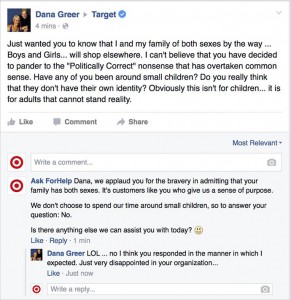 As I shared in a recent article, 78% of salespeople on social media outperform their non-social counterparts, according to Forbes. A big aspect of successful social selling is measurement, and ensuring you establish the right metrics and tracking from the start.
As I shared in a recent article, 78% of salespeople on social media outperform their non-social counterparts, according to Forbes. A big aspect of successful social selling is measurement, and ensuring you establish the right metrics and tracking from the start.
While my number one tip is to become best friends with your web analytics guy, there are some other easy and important way to measure social selling.
Create a Social Selling Funnel
Many different social platforms and websites have analytics in place, in order to see the lead source, number of clicks, etc. Google Analytics, and many other web analytics platforms, allow you to set up funnels. This lets you see that, for example, 5,000 people visited your website this month, and of that 5,000, 400 downloaded a whitepaper. From the 400, 25 turned into leads.
Seeing line by line how the journey breaks down enables you to attribute a value to each step of the way. That way, you can say, three sales this month were directly attributable to the website, and are each worth $ 25,000. That means each lead generated is worth $ 1,000 and each person that clicks is worth X…and on and on. You can get granular enough to assign a dollar value to each activity that you’re promoting.
Append Your Own Tracking Code
Add a query stream, or tracking code, onto every URL you share. This gives you credit for sending someone to a particular website. It could be as simple as adding “?&=Bob” to any URL (ex. ringlead.com/?&=Bob). This tracking enables you to pick up the referral source. Different tools, ranging from Hubspot to Salesforce, have their own formats and terminologies for tracking code, so determine the platforms your company is already using and tap into those. Another option is to use link shorteners, such as bit.ly, to monitor clicks and demographics.
Don’t Forget Vanity Metrics
If you’re just getting started, knowing that you have two Twitter followers is the best data in the world. It’s clear, tangible information. Therefore, in the beginning, it’s OK to track how many followers you have or how many retweets you get. This demonstrates growth, helps motivate you to get more followers, etc. As you grow, you can tap into bigger, more revenue-tied metrics.
No matter how experiences you are with social selling, vanity metrics are always a great way to gut-check your influence in the space, so don’t knock them out completely.
Learn more social media best practices with the free webinar on 5/28. Grab your seat today.
(255)
Report Post




